Electricity
There are basically three different types of items you will need to be able to operate all of your American appliances safely in Spain--grounded adapter plugs, non-grounded adapter plugs, and step-down transformers.
There is no harm in plugging a lamp into a grounded adapter, but the cost difference between grounded and non-grounded adapters is significant. Grounded plugs cost about 5 times as much as non-grounded, so it makes sense to only use them where you really need to. All of these items are readily available at the NEX. Some "dual-voltage" appliances (like alarm clocks, for example) will have a little switch that you simply flip before plugging it in--again, you need an adapter for the wall outlet , but a transformer is not required since it is dual-voltage.
Items with high wattage, such as vacuum cleaners, electric mixers, or any other "large" appliances will need to be plugged into a step-down transformer. This will "step down" the voltage to the appliance so it doesn't blow up when you use it. Use a transformer with a large enough capacity for the appliance. Vacuums, for example, are usually well over 1000 watts, so plugging it into a 1000 watt transformer isn't going to work...Housing offers transformers in increments of 1000, 1500, and 2000 watts, so choose appropriately. Most appliances do fine on a 1000 watt transformer, but you'll need a larger one specifically for the vacuum.
Washers & Dryers
As for the dryer, many dryers are not set up with the typical ventilation we are used to in the U.S. Many dryers here operate on a condensing system, where water extracted during the drying process is collected in a container at the bottom of the dryer, rather than being vented out as steam. The condensation container may need to be emptied several times during the drying cycle, depending on the size of the load. This system makes for a very moist environment and you may find when you first open the dryer that the clothes still feel damp, regardless of how long they have been drying! Take them out anyway, and you will soon see that they actually are dry--it's just too humid in the dryer to be able to tell at first.
Dishwashers
Most dishwashers will have an indicator light that illuminates when the salt reservoir is empty...it only took me 6 months to figure out what the little red light on my dishwasher was trying to tell me! Dishwasher salt is made up of very large, coarse grains, and is intentionally missing some of the elements of regular table salt--it is specific for this purpose. You can purchase dishwasher salt at any local supermarket--Finish makes dishwasher salt that also includes a rinse-agent type of product....two-for-one! Regular salt will clog up the reservoir and is not recommended. You may find when you go to fill your salt reservoir that it is filled with water...go ahead and dump the salt in anyway...the salt displaces the water as you fill it up.
Propane/Butano
Some homes have large tanks, and some have small. We have small tanks (propanitos) which typically last anywhere from 10 - 14 days for a family of four. We hook up two small tanks, and always have two in reserve for that inevitable moment when you have just stepped into the shower, covered your hair in shampoo, and the water turns to ice. :) That's when it's time to switch the tanks and immediately order more.
Most propane companies deliver next-day, unless it's a Sunday or a holiday, so plan accordingly. Your landlord will likely already have established an account which is linked with the address,but make sure to verify this upon move-in. If so, all you have to do when you need more is to call the company, provide your address, your name and phone number, and then propane magically appears the next day. Unless you establish a different system, expect to pay upon delivery, and you will be given a receipt.
I keep a "cheat sheet" taped to the fridge with the propane company phone number as well as exactly what I need to say, in Spanish, clearly written out--I am still very much still learning basic Spanish, and tend to freeze up/blank out under pressure (like if someone tries to converse with me)...so, having a cheat sheet really helps. Two propanitos run approximately 30 euros. Large tanks are much more expensive, but need to be replaced far less often. The cost is about the same, overall, but large tanks are definitely more convenient.
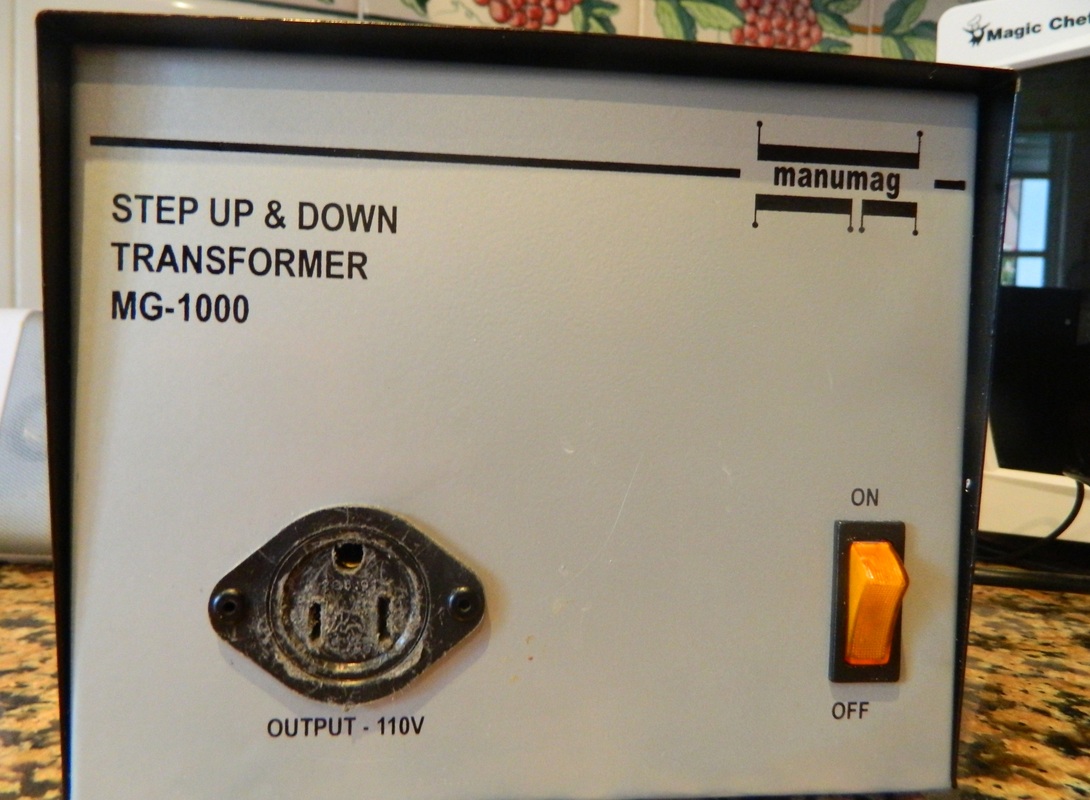
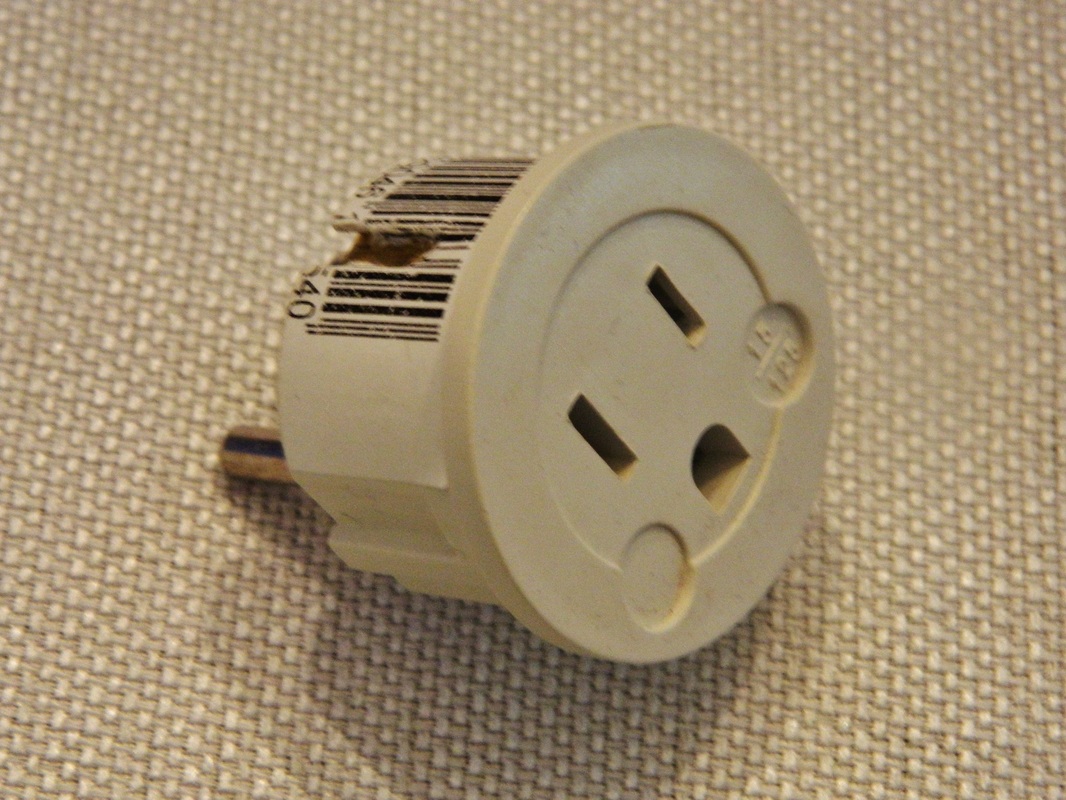
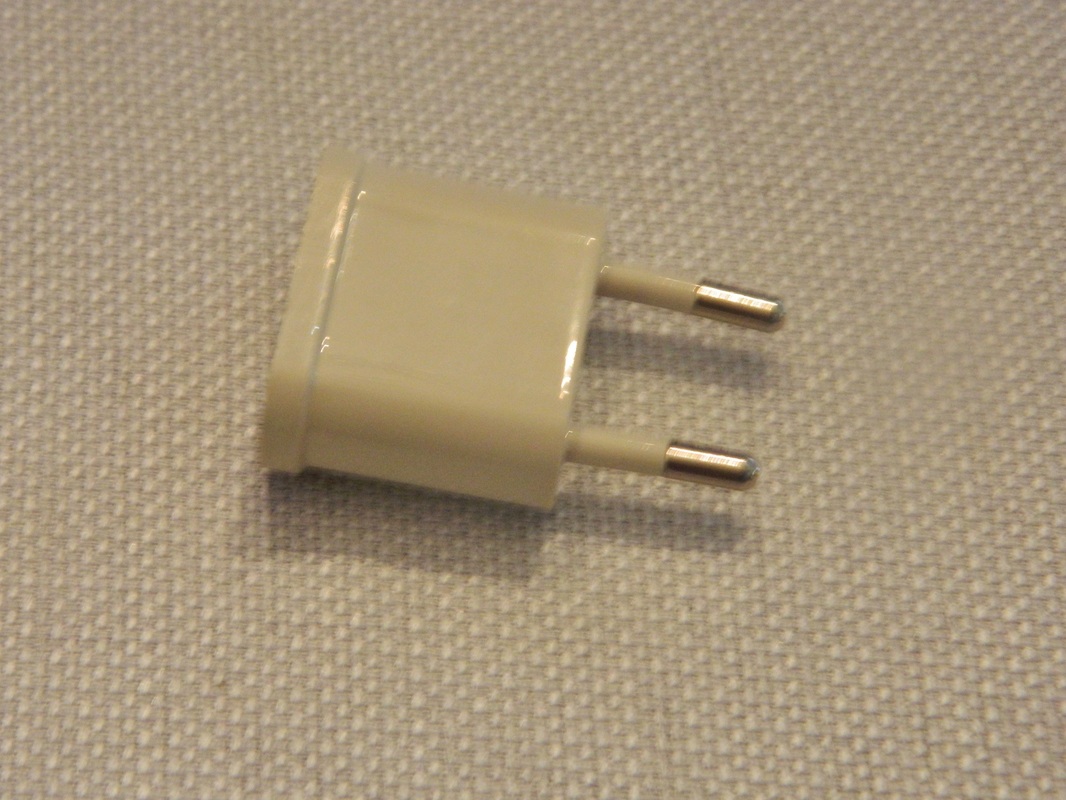

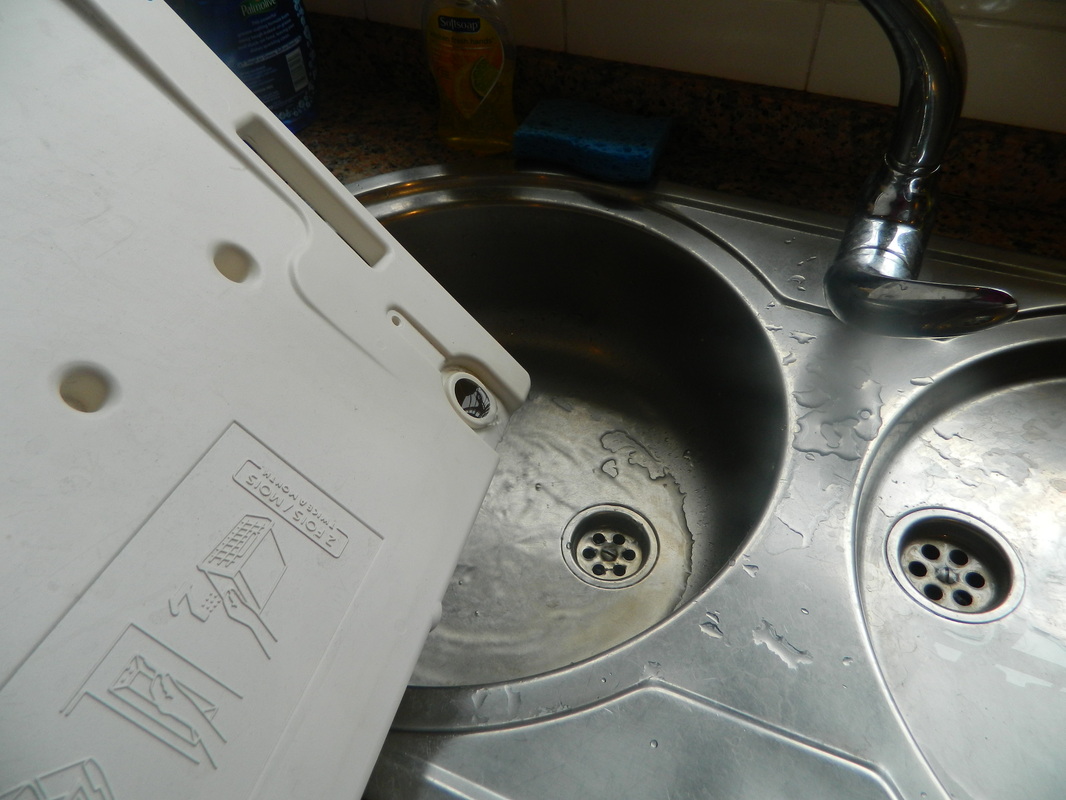
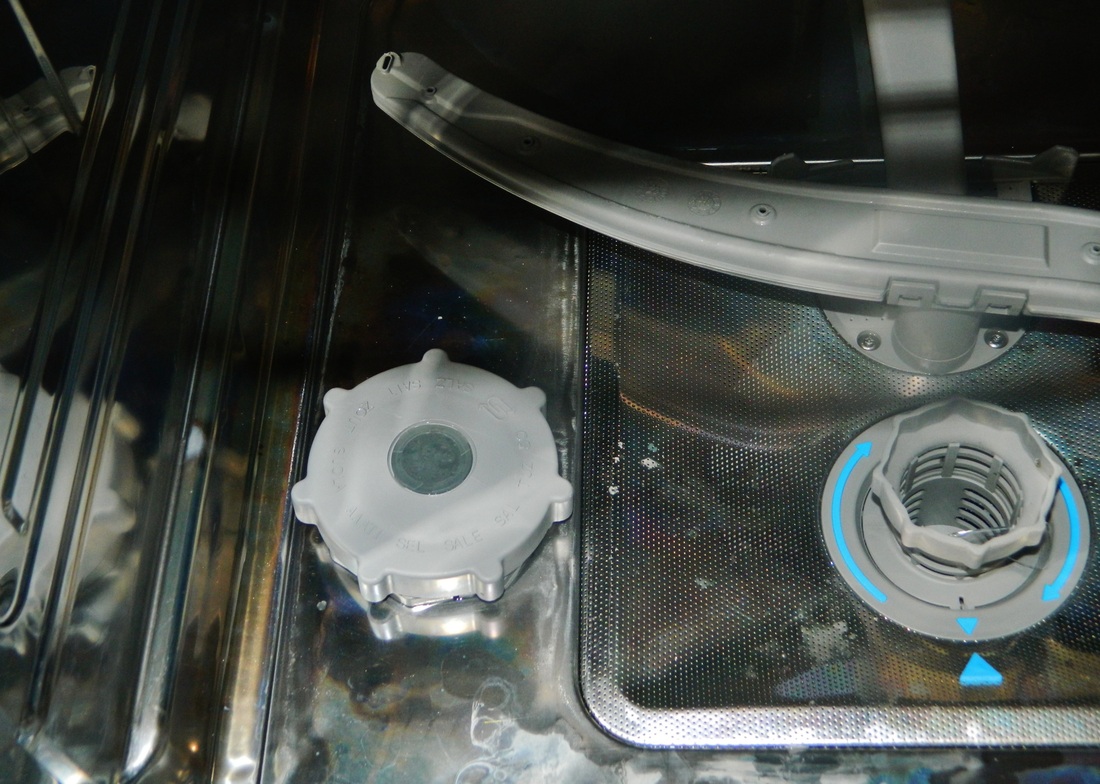


 RSS Feed
RSS Feed